Project Name
Like Last Year's SnowPosted in
Photography| Detailed Information | |||||
|---|---|---|---|---|---|
| Project Name | Like Last Year's Snow | Posted in | Photography | ||

Pudani Audi (born.1948). Yar-Sale, Yamalo-Nenets Autonomous Okrug, Russia. Pudani was born in the tundra and roamed since birth. In this portrait, she is wearing a fur hat, the sole object she was left with from her wandering days.
Photo © Oded Wagenstein.
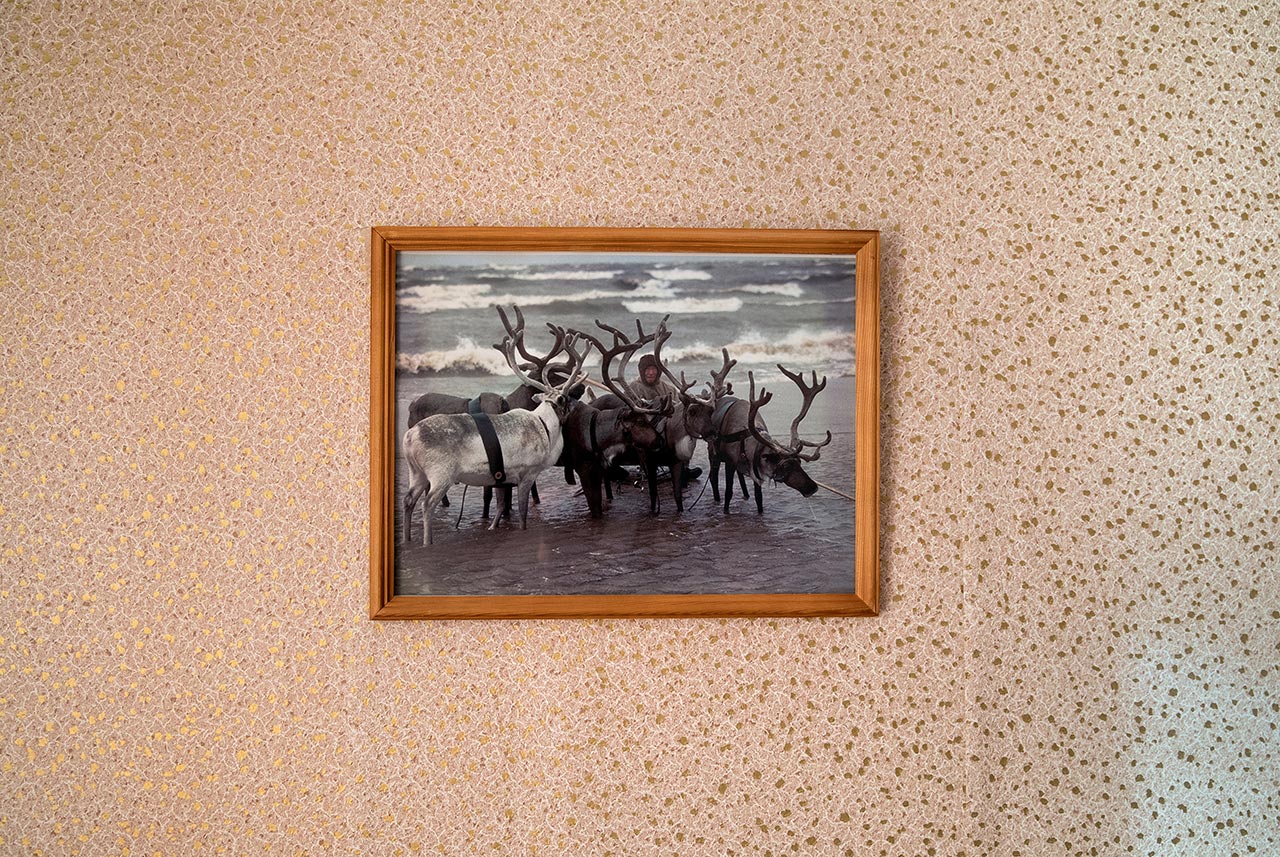
A framed picture of a Nenets herder with the reindeer. For the Nenets, the reindeer are considered part of the family and have a place of honor in local culture and folklore. Yar-Sale, Yamalo-Nenets Autonomous Okrug, Russia.
Photo © Oded Wagenstein.
What drove you to such a remote place in Northern Siberia? Where did you hear about this particular community?
I have always been interested in the subject of aging and the emotional challenges that this period holds. I have documented several aging communities around the world, including a specific community in Cuba which I followed for a few years. These years were meaningful for me and for the project, but I felt that I was getting too comfortable and that I needed to move away from my comfort zone. I do not remember exactly, but I suppose I saw a picture of Siberia and I knew that it was going to be so different from everything that I’d done before.
What challenges did you face in entering such a closed community? How were you welcomed?
These women live in a very remote village. Surrounded by snow (in winter) and rivers of water (in summer). Therefore, it is natural to think that a stranger would be met with suspicion. But all I found was great acceptance and warmth. It seemed as if the women were just waiting for someone to come and ask to hear their stories and memories.
How did you come up with the series title? What is its significance?
Like Last Year's Snow is a translation of a common sentence in Hebrew (my native language) and in Yiddish. This sentence is used when discussing something which is not relevant anymore. Like the snow of last year, which is long gone. It felt right for a series about longings and loneliness and of course, with that clear connection to snow.

A convoy of reindeer, belonging to the Serotetto (white reindeer) family, during their migration over the frozen river of Ob.
Yamalo-Nenets Autonomous Okrug, Russia.
Photo © Oded Wagenstein.

An official sign warning the local villagers that “going out to the ice is prohibited,” meaning that from this point on, tundra begins. Yamalo-Nenets Autonomous Okrug, Russia.
Photo © Oded Wagenstein.
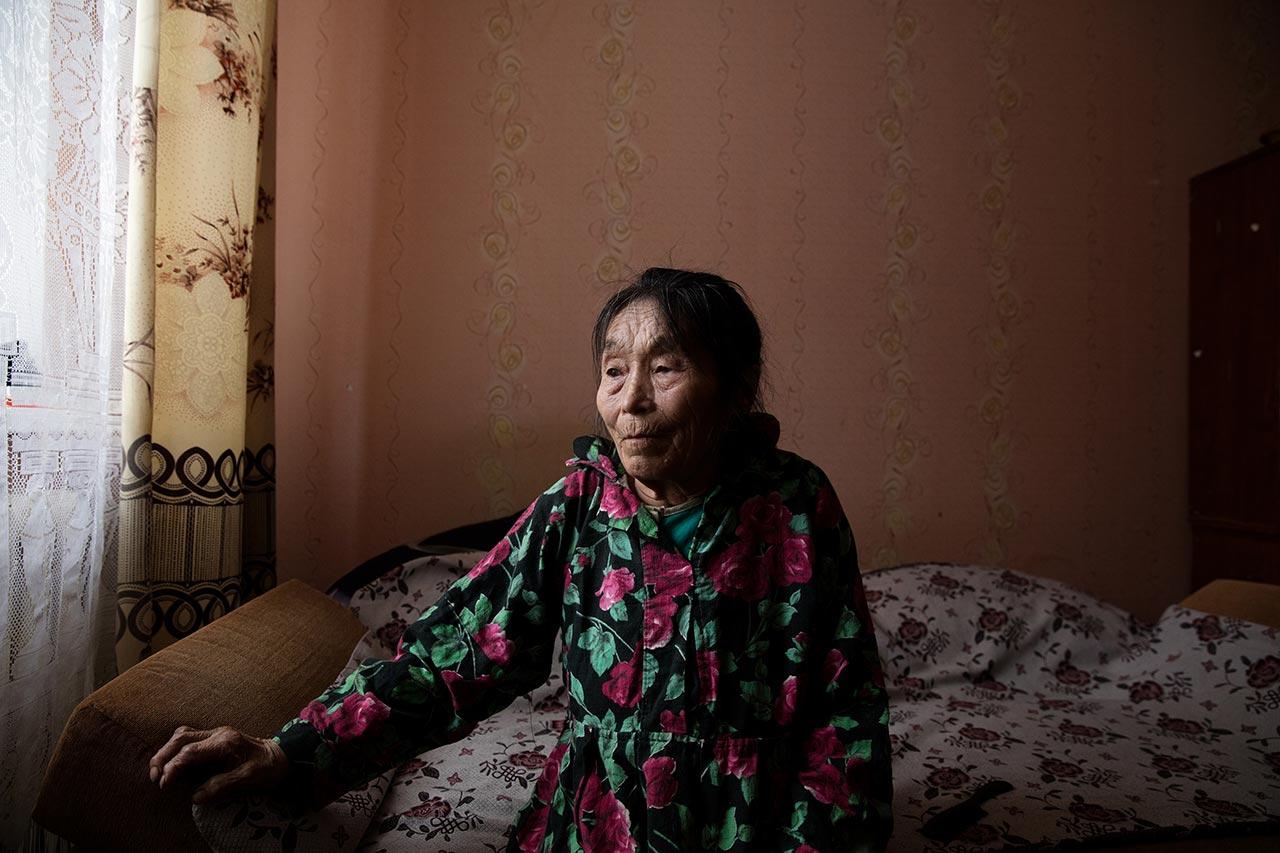
Autipana Audi (born.1941). Yar-Sale, Yamalo-Nenets Autonomous Okrug, Russia. Autipana experienced many sad losses. She lost her husband, son, and daughter to diseases, and a few years ago, her entire reindeer herd perished to starvation during a cold wave. Almost unable to walk, she spends her days mostly limited to her bed.
Photo © Oded Wagenstein.
How different are the struggles that the community’s women face in comparison to the men?
It is essential to understand that this is a patriarchal society, which is based on ancient traditions and beliefs. So, while both men and women have to deal with the great struggles of living in such a remote and extreme place, it is mostly the women who have to cope with the fact that their voices and opinions are rarely heard.
The series is part of a larger exploration about aging. Why are you fascinated by such a subject?
After losing my grandfather, who was a significant role model in my early life, I became both interested and frightened by the subject of Aging. Not long after, I discovered the power of photography and I was fascinated by the ability of the photographic image to freeze time and preserve a memory.
In my work with elders in the aging communities, I use the camera as my passport, but the actual photo-making takes only a fraction of the time we spend together. I am more interested in hearing their stories, memories, and longings and asking them my unanswered questions about aging.
I believe that our society is often too focused on the young generation - in the media and in the workforce, and by doing so, we miss the opportunity to learn from our elders. One must remember - we all age, and as the body betrays us, and our memory fades, that sense of belonging might just be all that is left.

An abandoned tank. Yamalo-Nenets Autonomous Okrug, Russia.
Photo © Oded Wagenstein.
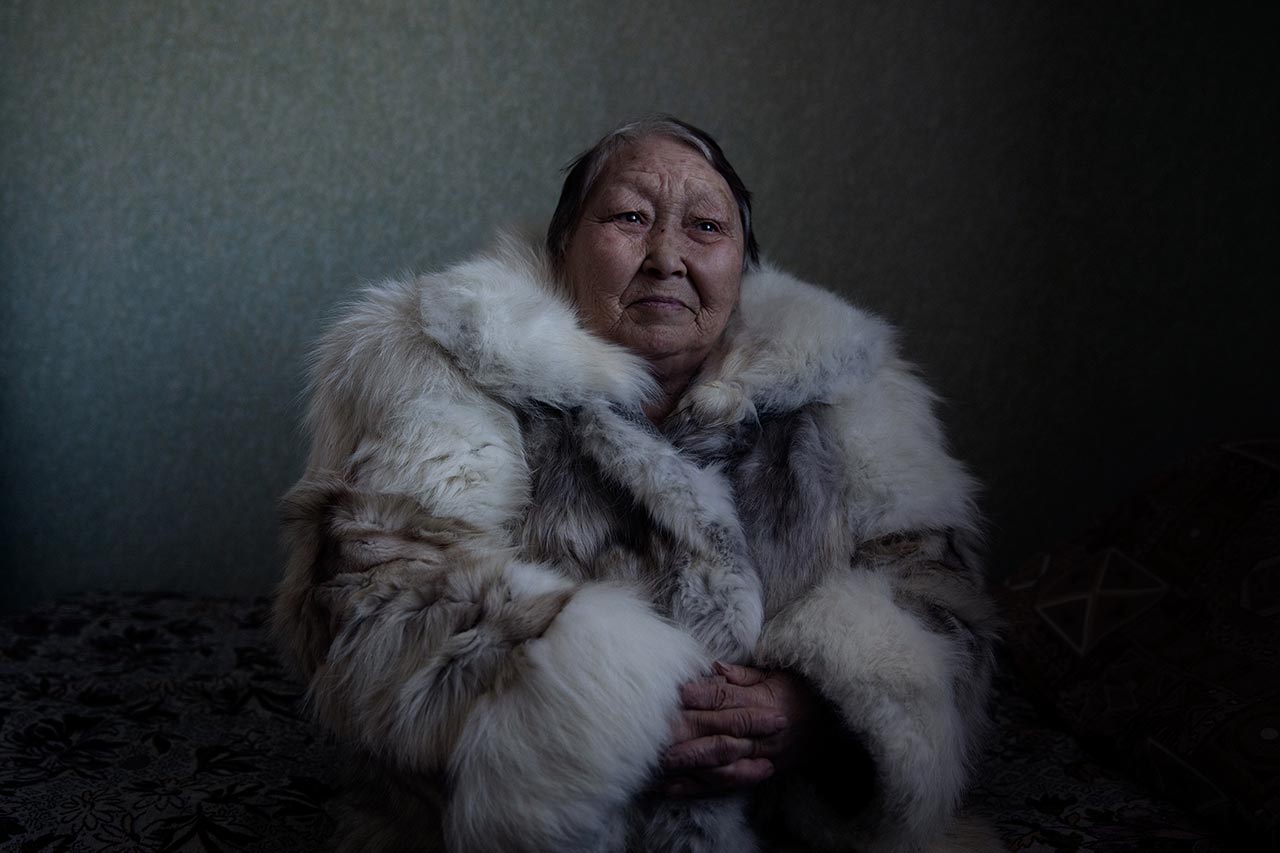
Angelina Serotetto (Born.1942). Yar-Sale, Yamalo-Nenets Autonomous Okrug, Russia. Angelina was part of a family of shaman women, and her mother taught her to read the future using sacred objects from nature.
Photo © Oded Wagenstein.

A packed sled of the Serotetto family, ready for migration. Yamalo-Nenets Autonomous Okrug, Russia.
Photo © Oded Wagenstein.
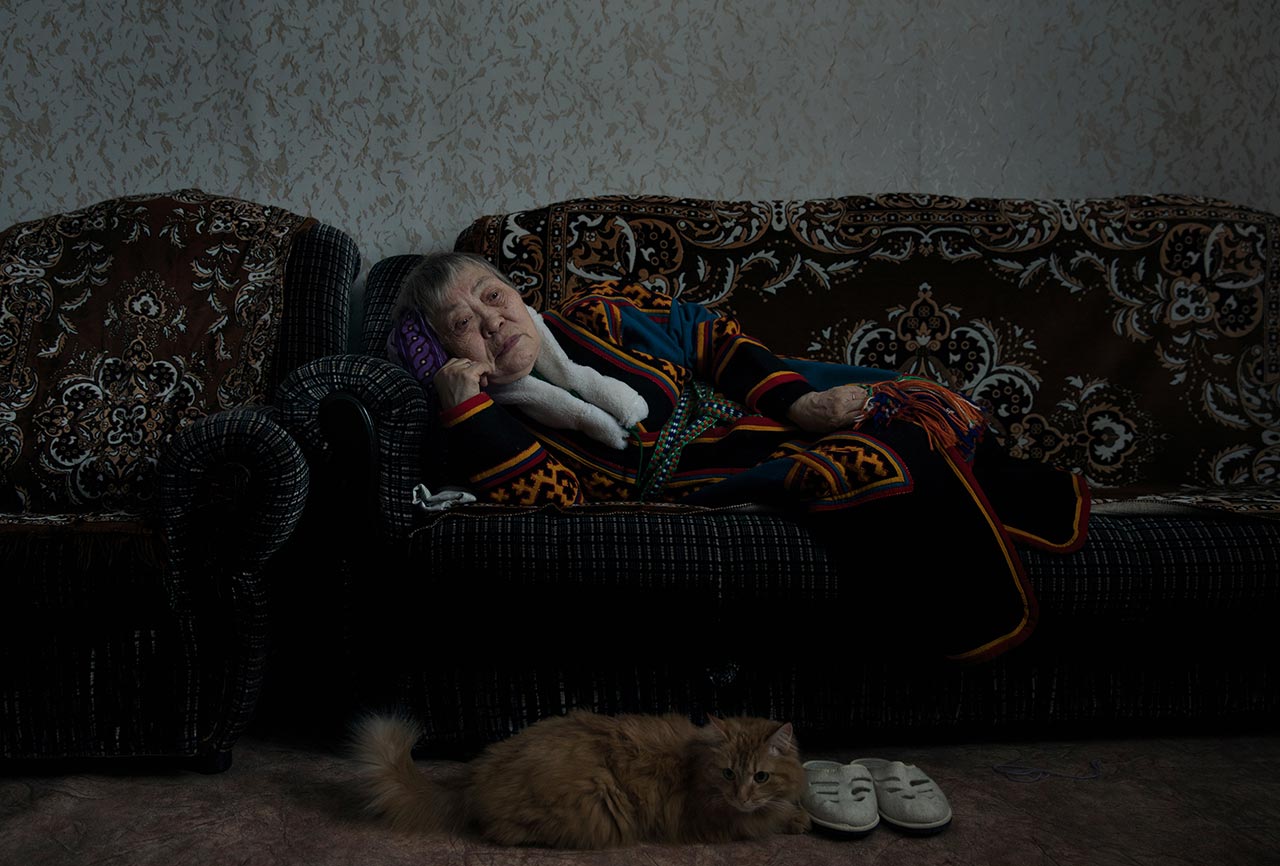
Zinaida Evay (Born.1946) and her cat Persik (“peach” in Russian). Yar-Sale, Yamalo-Nenets Autonomous Okrug, Russia.
Zinaida was married for many years, and she shared with me that she had a beautiful and loving bond with her husband, right to his last day. Now, after he passed away, she is living in their small apartment alone, with almost no one to come and visit.
Photo © Oded Wagenstein.
When it comes to memory photography can be a useful tool. Do you think there are limitations on the medium’s mnemonic value?
That's a wonderful question! Sometimes I'm very jealous of painters. As they are only limited by the power of their talent and imagination. But I think that this is exactly what makes photography so unique. That ability to walk on the thin line between reality and fiction. I once read that photography can be used as a window and as a mirror. A window to the world (the camera as a mechanical device that captures physical things) and a mirror (that world is brought to us through the point of view of the photographer).
When I think about your question, it is like a memory – it is based on real events but through a heavy filter of subjectivity. This is why I admire the work of photographers like Alec Soth, Tod Hiddo or Michal Chelbin. While they are photographing objects in the real world, it is obvious that they are in fact telling their own story and memories.
What are you working on right now? Any new trips on the horizon?
I plan to continue my exploration of aging and memory, but this time, closer to home.

The “Chum” – home of the Nenets. Yamalo-Nenets Autonomous Okrug, Russia.
Photo © Oded Wagenstein.

Necla Audi (Born. 1928). Yar-Sale, Yamalo-Nenets Autonomous Okrug, Russia. Although Necla was 89 when this portrait was taken, she declared that she insists on returning to live with the migrating community. At the far left of her bed, a picture of her two sons, taken when they were young. Now, both of them are herders in the tundra.
Photo © Oded Wagenstein.

An improvised cross, which marks the border between the village and the tundra. Yamalo-Nenets Autonomous Okrug, Russia. For tundra people, this cross marks the border between their world and the world of the “others” (non-tundra people) as they refer to them. Crossing this border is accompanied by many fears and superstitions, both by tundra people and the “others.”
Photo © Oded Wagenstein.
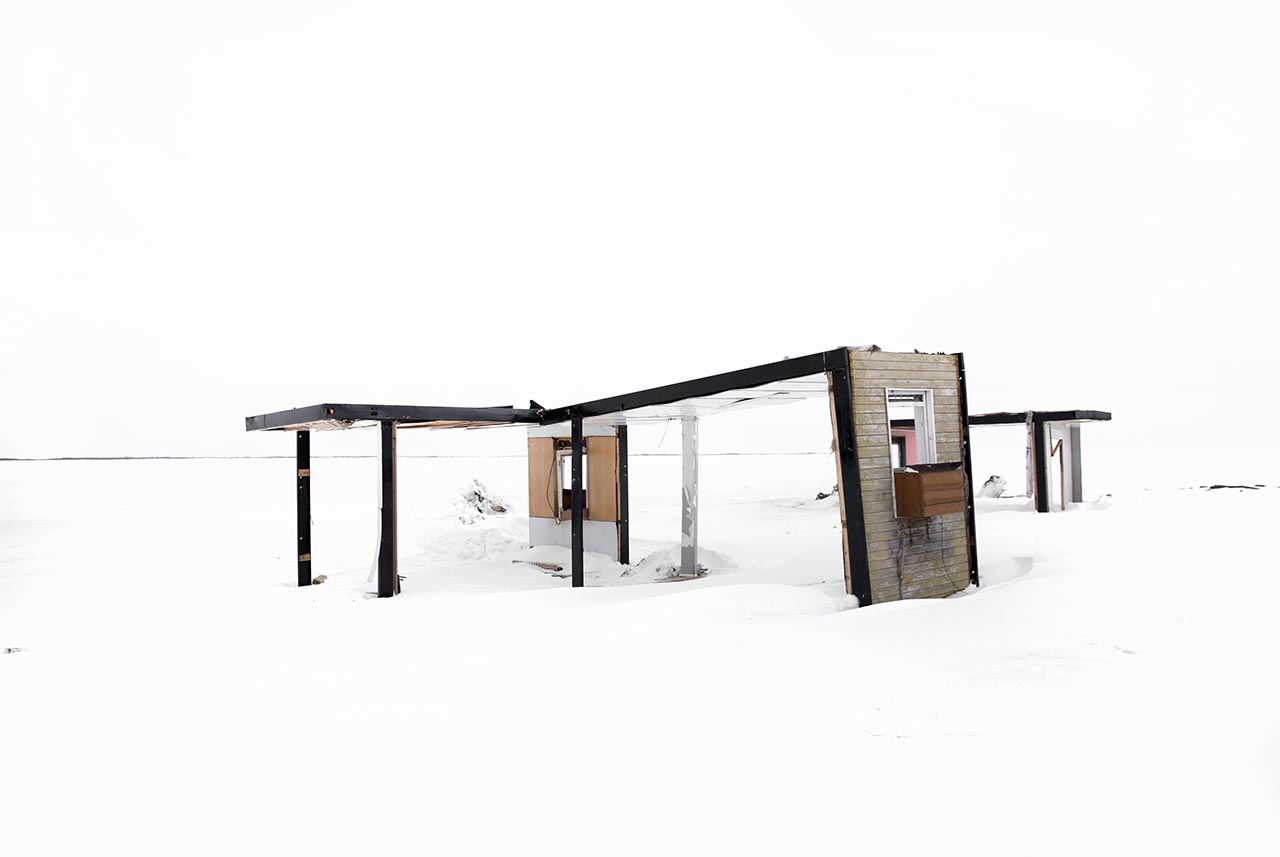
Abandoned houses, struck by snow, wind and time. Yamalo-Nenets Autonomous Okrug, Russia.
Photo © Oded Wagenstein.















